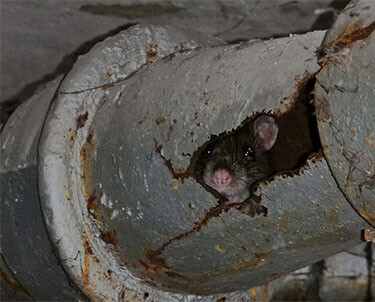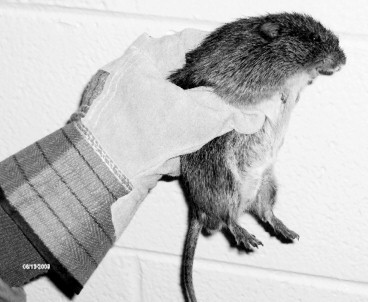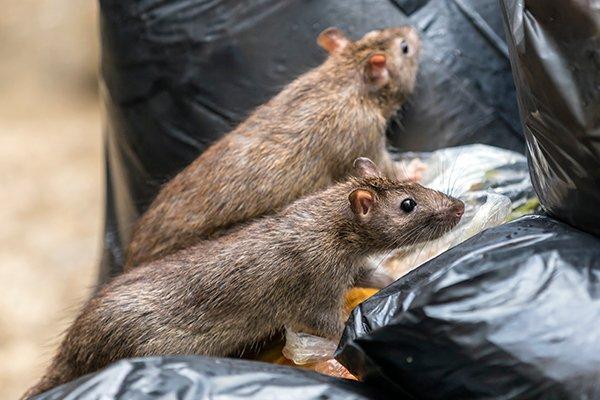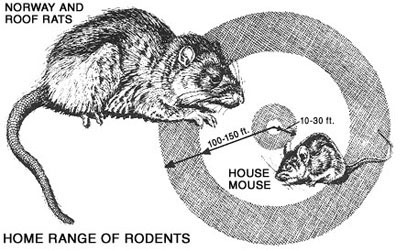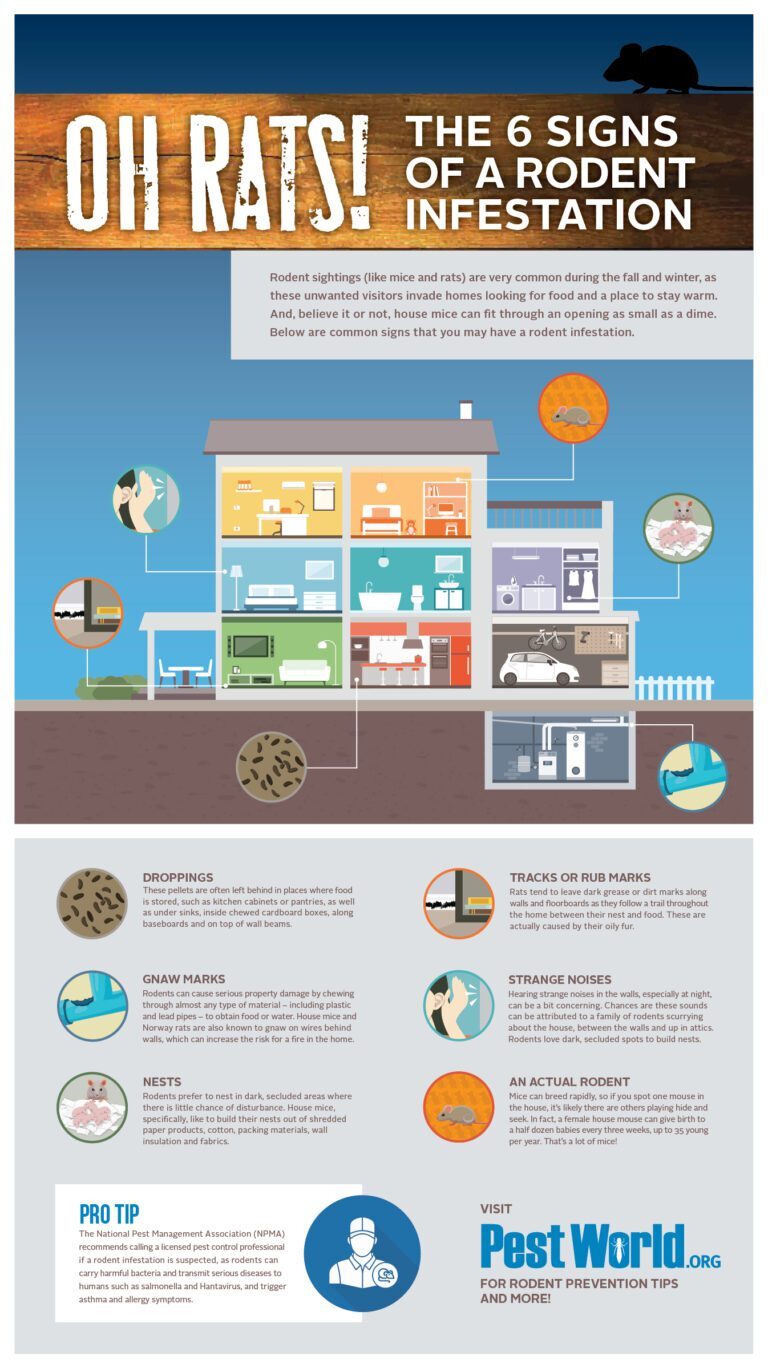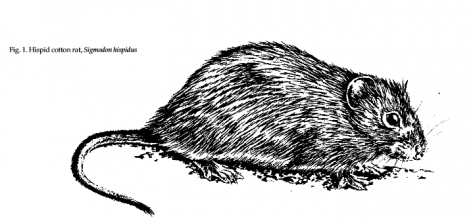Engagement and Call-to-Action: Share Your Cotton Rat Experiences
Introduction
What is engagement?
What is engagement? Engagement refers to the level of interaction and involvement that individuals have with a particular topic or content. In the context of the article “Engagement and Call-to-Action: Share Your Cotton Rat Experiences,” engagement would encompass the extent to which readers actively participate in sharing their experiences related to cotton rats. This could involve sharing personal encounters, observations, or insights about cotton rats, thereby fostering a sense of community and knowledge exchange among readers. By encouraging engagement, the article aims to create a platform for individuals to connect, learn from one another, and collectively contribute to the understanding of cotton rat experiences.
Why is engagement important?
Engagement is crucial because it fosters a sense of connection and involvement between individuals and a particular topic or cause. In the context of sharing cotton rat experiences, engagement allows people to actively participate in the conversation, share their own stories, and contribute to a collective understanding of these unique creatures. By encouraging engagement, we create a platform for individuals to connect with one another, exchange knowledge, and build a community centered around cotton rat experiences. Moreover, engagement can also lead to increased awareness and interest in cotton rats, ultimately promoting conservation efforts and scientific research related to these fascinating animals.
How does engagement relate to call-to-action?
Engagement and call-to-action are closely intertwined in the realm of marketing and communication. Engagement refers to the level of interaction and connection that individuals have with a particular brand, product, or content. It involves capturing their attention, fostering a sense of involvement, and encouraging them to actively participate or respond. On the other hand, a call-to-action is a specific prompt or request that urges individuals to take a desired action, such as making a purchase, subscribing to a newsletter, or sharing their experiences. The relationship between engagement and call-to-action lies in the fact that effective engagement strategies can significantly enhance the likelihood of individuals responding to a call-to-action. When individuals feel engaged and connected, they are more likely to be receptive to the call-to-action and take the desired action, ultimately leading to increased conversions, brand loyalty, and overall success.
Understanding Cotton Rats
What are cotton rats?
What are cotton rats? Cotton rats, scientifically known as Sigmodon, are small rodents that belong to the family Cricetidae. They are commonly found in North and South America, inhabiting a variety of habitats such as grasslands, marshes, and agricultural fields. Cotton rats are known for their distinctive appearance, with a dense coat of fur that ranges in color from gray to brown. These rodents play a significant role in their ecosystems as seed dispersers and prey for larger predators. Additionally, cotton rats have been extensively studied in scientific research due to their physiological similarities to humans, making them valuable models for understanding various diseases and testing potential treatments.
Habitat and behavior of cotton rats
Habitat and Behavior of Cotton Rats
Cotton rats, scientifically known as Sigmodon, are small rodents that are commonly found in various habitats across North and South America. These adaptable creatures can thrive in a wide range of environments, including grasslands, marshes, forests, and agricultural fields. Cotton rats are known for their burrowing behavior, creating intricate tunnel systems within their habitats. These tunnels provide them with shelter and protection from predators. Additionally, cotton rats are highly active and social animals, often living in colonies and forming complex social structures. They are primarily herbivorous, feeding on a variety of plant materials such as seeds, grasses, and fruits. However, they are also known to consume insects and small invertebrates when necessary. Understanding the habitat and behavior of cotton rats is crucial for gaining insights into their ecological role and developing effective conservation strategies.
Importance of studying cotton rats
The importance of studying cotton rats lies in their significant role as a model organism in various fields of research. Cotton rats, specifically the Sigmodon hispidus species, have been widely used in studies related to immunology, virology, and vaccine development. These small rodents have proven to be valuable in understanding the mechanisms of viral infections, such as hantavirus and respiratory syncytial virus (RSV), due to their susceptibility to these pathogens. Additionally, cotton rats have been instrumental in evaluating the efficacy and safety of potential vaccines and antiviral treatments. By studying cotton rats, researchers can gain valuable insights into the immune response, disease progression, and potential therapeutic interventions, ultimately contributing to the advancement of human health and well-being.
Engaging with Cotton Rat Research
Participating in cotton rat studies
Participating in cotton rat studies offers a unique opportunity to contribute to scientific research and gain valuable insights into the behavior and characteristics of these fascinating creatures. By sharing your cotton rat experiences, you can actively engage in the study and help researchers better understand their habitat, feeding patterns, and social interactions. Your participation will not only contribute to the advancement of scientific knowledge but also aid in the development of effective conservation strategies for these important species. Whether you have encountered cotton rats in the wild or have had the chance to observe them in a controlled environment, your firsthand experiences can provide valuable data that will further our understanding of these elusive rodents. Join us in sharing your cotton rat experiences and become a part of this exciting research endeavor.
Sharing cotton rat observations
Sharing cotton rat observations is a valuable way to contribute to the understanding of these fascinating creatures. By sharing your experiences with cotton rats, you not only help researchers and scientists gather important data but also engage with a wider community of individuals interested in these animals. Whether you have encountered cotton rats in their natural habitat, observed their behavior, or have any interesting anecdotes to share, your observations can provide valuable insights into their ecology and behavior. So, don’t hesitate to share your cotton rat experiences and contribute to the collective knowledge about these intriguing rodents.
Collaborating with researchers
Collaborating with researchers is a crucial aspect of advancing scientific knowledge and understanding. In the context of the article “Engagement and Call-to-Action: Share Your Cotton Rat Experiences,” working closely with researchers allows for a deeper exploration of cotton rat experiences and their implications. By collaborating with researchers, individuals can contribute their unique perspectives, observations, and data, thereby enriching the overall understanding of cotton rat behavior, health, and interactions with humans. This collaborative effort fosters a sense of shared responsibility and empowers both researchers and participants to collectively contribute to the advancement of scientific knowledge in the field of cotton rat research.
The Power of Call-to-Action
What is a call-to-action?
What is a call-to-action? In the context of marketing and advertising, a call-to-action (CTA) is a prompt or directive that encourages the audience to take a specific action. It is typically used to guide readers or viewers towards a desired outcome, such as making a purchase, subscribing to a newsletter, or sharing their experiences. A well-crafted call-to-action can be a powerful tool in engaging and motivating individuals to actively participate and interact with a brand or content. In the article “Engagement and Call-to-Action: Share Your Cotton Rat Experiences,” the call-to-action aims to encourage readers to share their personal experiences with cotton rats, fostering a sense of community and encouraging engagement with the topic.
Importance of effective call-to-action
The importance of an effective call-to-action cannot be overstated. A well-crafted call-to-action is crucial in engaging readers and encouraging them to take the desired action. In the case of the article “Engagement and Call-to-Action: Share Your Cotton Rat Experiences,” a compelling call-to-action can prompt readers to share their own experiences with cotton rats. By clearly stating the desired action and highlighting the benefits of participation, such as contributing to scientific research or connecting with a community of cotton rat enthusiasts, the call-to-action can motivate readers to actively engage with the article and share their valuable insights. Ultimately, an effective call-to-action can enhance reader engagement, foster a sense of community, and enrich the overall content of the article.
Examples of successful call-to-action in cotton rat research
Examples of successful call-to-action in cotton rat research have demonstrated the power of engaging with the scientific community and the public alike. One such instance involved inviting researchers to share their cotton rat experiences through online forums and social media platforms. This call-to-action prompted a surge of valuable insights, ranging from field observations to experimental techniques, ultimately enriching our understanding of cotton rat behavior and physiology. Additionally, the public was encouraged to participate by reporting cotton rat sightings in their local areas, contributing to a citizen science initiative that greatly expanded the geographical scope of the research. These successful examples highlight the importance of engaging both experts and non-experts in cotton rat research, fostering a collaborative environment that benefits the scientific community as a whole.
Sharing Your Cotton Rat Experiences
Why share your cotton rat experiences?
Why share your cotton rat experiences? Sharing your cotton rat experiences can be incredibly valuable for both researchers and fellow enthusiasts. By sharing your encounters with cotton rats, you contribute to the collective knowledge about their behavior, habitat, and interactions with humans. This information can aid researchers in understanding these creatures better and help in conservation efforts. Additionally, sharing your experiences can create a sense of community among cotton rat enthusiasts, allowing for the exchange of tips, insights, and even fostering new friendships. So, whether you have had positive or negative encounters with cotton rats, sharing your experiences can make a meaningful impact and contribute to a greater understanding of these fascinating creatures.
Platforms for sharing cotton rat experiences
Platforms for sharing cotton rat experiences
There are several platforms available for individuals to share their cotton rat experiences and engage with others who have encountered these fascinating creatures. One popular platform is social media, where users can join groups or communities dedicated to discussing cotton rat sightings, behavior, and conservation efforts. These platforms, such as Facebook groups or Twitter hashtags, allow people from all over the world to connect and share their experiences, photos, and videos of cotton rats. Additionally, online forums and discussion boards provide a space for in-depth conversations and the exchange of knowledge about cotton rats. These platforms offer a valuable opportunity for cotton rat enthusiasts, researchers, and nature lovers to come together, learn from one another, and contribute to the collective understanding of these unique rodents.
Tips for effectively sharing your experiences
Tips for effectively sharing your experiences:
When sharing your cotton rat experiences, it is important to keep in mind a few key tips to ensure your message resonates with your audience. Firstly, be authentic and genuine in your storytelling. Share your personal journey with cotton rats, highlighting the challenges you faced and the lessons you learned. This will help create a connection with your readers and make your experiences more relatable. Secondly, use descriptive language to paint a vivid picture of your encounters with cotton rats. By incorporating sensory details and emotions, you can engage your audience and make your experiences come alive. Additionally, consider including any scientific or factual information that may enhance the understanding of cotton rats and their significance. Lastly, conclude your sharing with a call-to-action, encouraging others to share their own cotton rat experiences or take action to protect these unique creatures. By following these tips, you can effectively engage your audience and inspire them to join in the conversation about cotton rats.
Conclusion
Summary of engagement and call-to-action
Summary of engagement and call-to-action:
In this article, “Engagement and Call-to-Action: Share Your Cotton Rat Experiences,” we have explored the fascinating world of cotton rats and their impact on various aspects of our lives. From their role in scientific research to their significance in agriculture and conservation efforts, cotton rats have proven to be a subject of great interest. To further enhance our understanding and knowledge, we encourage readers to actively engage in this topic by sharing their own cotton rat experiences. Whether you have encountered these creatures in the wild, conducted research on them, or have insights to contribute, we invite you to participate in the conversation. By sharing your experiences, we can collectively broaden our understanding of cotton rats and contribute to their conservation and well-being. Join us in this endeavor and let your voice be heard!
The impact of sharing cotton rat experiences
The impact of sharing cotton rat experiences can be profound. By sharing personal stories and experiences with cotton rats, individuals can raise awareness about the challenges and benefits of interacting with these creatures. This can help others gain a deeper understanding of cotton rats and their behavior, fostering a sense of empathy and appreciation for these often misunderstood animals. Additionally, sharing cotton rat experiences can serve as a call-to-action, inspiring others to take steps towards conservation and preservation efforts to protect these unique creatures and their habitats. Through the power of storytelling, the impact of sharing cotton rat experiences can extend beyond individual anecdotes, creating a ripple effect that promotes education, conservation, and a greater appreciation for the natural world.
Encouragement to share and engage
Encouragement to share and engage:
We invite you to share your cotton rat experiences and engage with our community! Your unique insights and personal encounters with cotton rats can contribute to a deeper understanding of these fascinating creatures. By sharing your stories, observations, and interactions, you can help us uncover new knowledge about their behavior, habitat, and conservation. Whether you’ve encountered cotton rats in the wild, as pets, or through research, your contributions are valuable and can inspire others to appreciate and protect these remarkable animals. Join us in fostering a vibrant community of cotton rat enthusiasts by sharing your experiences today!


